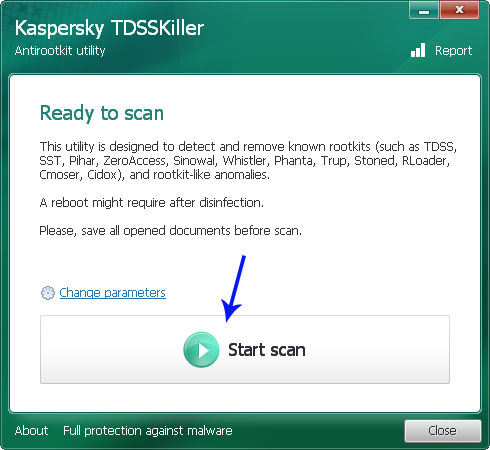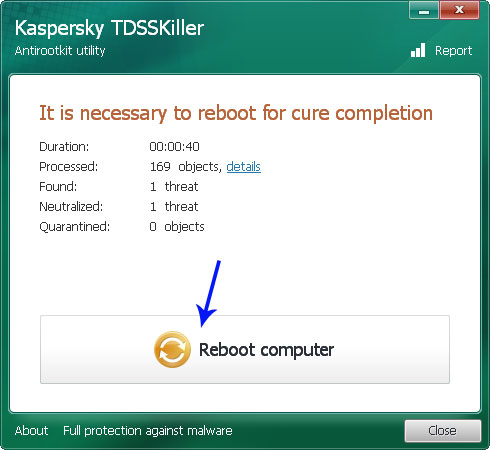The first thing you need to know about Trojan Horses like JS/Banker.BA is that you are more than a little responsible for the infection. That's because it manipulates you into letting it on to your computer and installing it so it can then proceed to attack you from the inside. And beware, because even if you think that you are not so easily fooled and wouldn't do this knowingly then you need to know that JS/Banker.BA is extremely cunning.
What does JS/Banker.BA do?
Technically speaking, it is a JavaScript Trojan that tries to intercept communication between your computer and certain online banking websites, resulting in the possible theft of logon credentials or other sensitive information. There's a reason why security researchers gave the name Banker. And it's not surprising at all that your anti-virus engine gave you a warning about possible threat exactly when you entered your password and hit enter. In other words, this Trojan horse is after your password and cyber criminals who created want to steal money from you.
JS/Banker.BA and some other variants if this infection may be disguised as software programs or games, or even fake anti-virus programs that you run into on the internet and on certain websites. They can also be sent as a file attachment in an email, which, once opened, will execute itself by running the .exe file. And although we did earlier call Trojans a virus, this is not strictly true as a Trojan won't multiply of its own accord – only you can execute it.
Is it really that dangerous?
In a word, yes. It really can be that harmful. Not only it can steal your password but also if comes packed with other malware it can disrupt and damage your PC's operating system as well as its hard drive and your files. They are particularly fond of corrupting your data and making it impossible to access, meaning that your work files, personal photos, - absolutely anything you have stored on that machine – are at serious risk of being destroyed.
So, tell me – how can I protect myself from this Trojan horse?
The good news is that there are a number of things you can do to protect yourself from JS/Banker.BA. Of course, we all know by now that we should never open an email sent by an unknown sender – however it is worth repeating as a shocking amount of Trojans, and other malware, are still disseminated this way. If your spam filter is not successfully keeping your inbox free of junk – and potentially harmful – emails, you should look at upgrading to a better solution and, in the meantime, simply deleting the messages. Of course, we always recommend that you install a reputable anti-malware program on your computer too.
How do I remove JS/Banker.BA?
If your computer is already infected and you can't seem to get rid of this dangerous password stealing Trojan horse, please follow the steps in the removal guide below. If you have any questions, please leave a comment down below. Good luck and be safe online!
Written by Michael Kaur, http://deletemalware.blogspot.com
JS/Banker.BA Removal Guide:
1. First of all, download anti-malware software and run a full system scan. It will detect and remove this infection from your computer. You may then follow the manual removal instructions below to remove the leftover traces of this malware. Hopefully you won't have to do that.
NOTE: If you are using Internet Explorer and can't download anti-malware software because "Your current security settings do not allow this file to be downloaded" then please reset IE security settings and try again.
2. Download and run TDSSKiller. Press the button Start scan for the utility to start scanning.

3. Wait for the scan and disinfection process to be over. Then click Continue. Please reboot your computer after the disinfection is over.






0 commentaires:
Enregistrer un commentaire